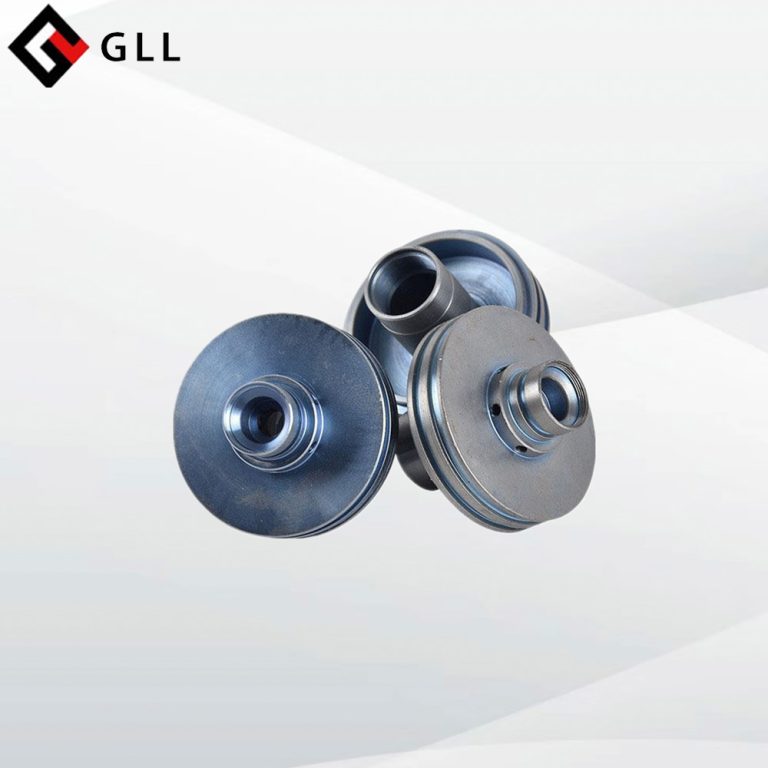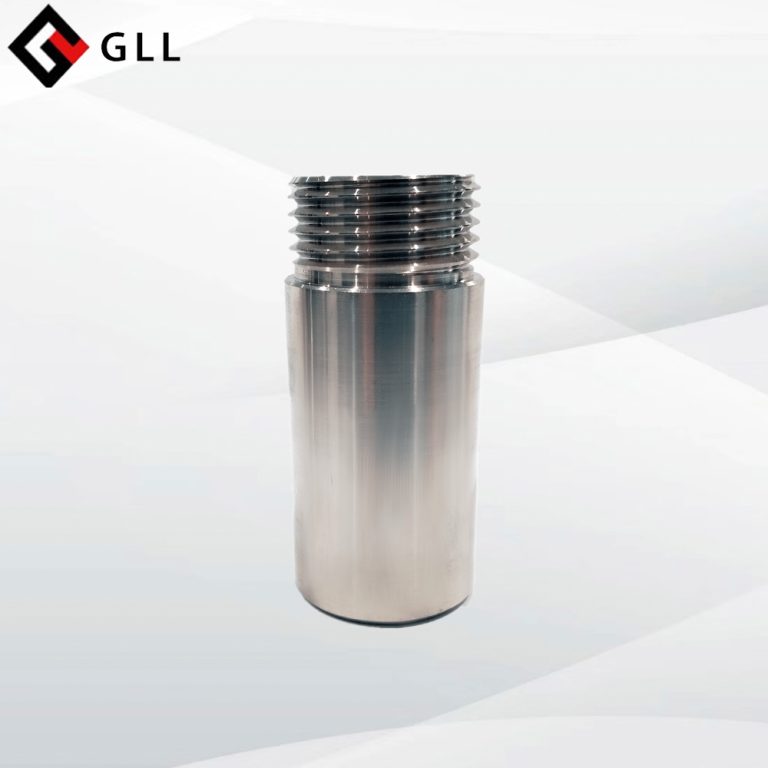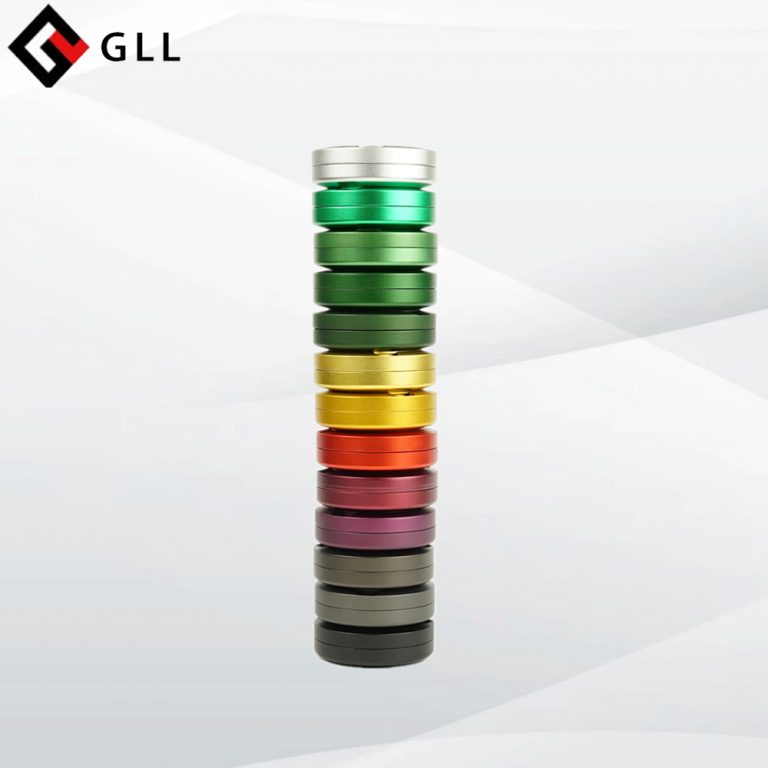As we all know, Die Casting is popular among various industries for its high precision and surface smoothness when used in producing intricate metal components. In fact, we usually do some post processes usually called as surface treatment to improve the strength and hardness of these products.
Why we need to do die casting post process?
Different from those glossy Aluminum Alloys, the surface of Die Casting Aluminum Parts is usually uneven and often has some particle impurities. To better improve the surface quality, enhance the appearance and prolong the life of die casting parts, factories usually have to do some surface treatment process.
The die casting post process include polishing, deburring, spraying, electroplating, baking, oxidation, grinding, oil spraying, sand blasting, powder coating and CNC Machining.
Polishing: Polishing is a process used to achieve surface smoothness and to make the surface glossy. By doing so, it brings a mirror like surface to the product. This process can be done manually or by machine.
Deburring: Deburring is used to remove sharp edges or other protruding impurities that were formed in the die casting process. By doing so, it ensures the assembly and safety to handle.
Spraying: By applying a protective painting to the surface, the process can endow the product the wanted properties, such as water proof, corrosion proof to protect the surface from extreme conditions, or just give them the beautiful colors.
Electroplating: By applying a thin layer of metal (such as Chrome, Nickel or Zinc), it enhances the corrosion resistance and surface hardness.
Baking: Baking is a process to heat the painted or coated part to ensure the durable finish, providing enhanced adhesion and wear resistance.
Oxidation: Oxidation is also called anodizing. It is a chemical process to create an oxide layer on the metal surface. The oxide layer acts as an protective layer, protecting the surface from being corroded.
Grinding: Grinding is a finishing process that uses machine to achieve precise dimension, flat surface, and a high level of accuracy.
Oil Spraying: Oil Spraying is a process to apply oil to the surface. This is used to protect the product from rust and corrosion during storage or transportation. This can also help reduce friction and wear when the products are put closely.
Conclusion:
Every Method has its own use, manufacturers can better improve the die casting parts by carefully applying the appropriate techniques.
GLL Offers Exclusive Hot and Cold Chamber Die Casting Service
In conclusion, die casting is a precise and efficient manufacturing process that enables the production of complex components with excellent mechanical properties. Its ability to create intricate shapes, high dimensional accuracy, and the versatility of aluminum alloys make it a popular choice in numerous industries. As a qualified manufacturer and supplier with experiences of more than 30 years, GLL is devoted to provide customers with the desired Casting Parts. Please feel free to contact us if you need.



